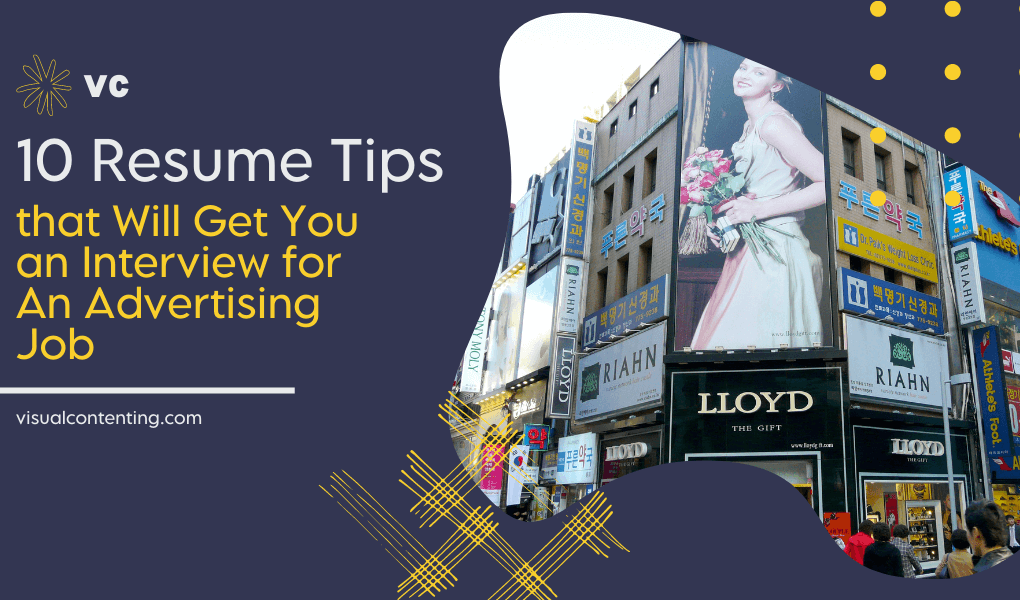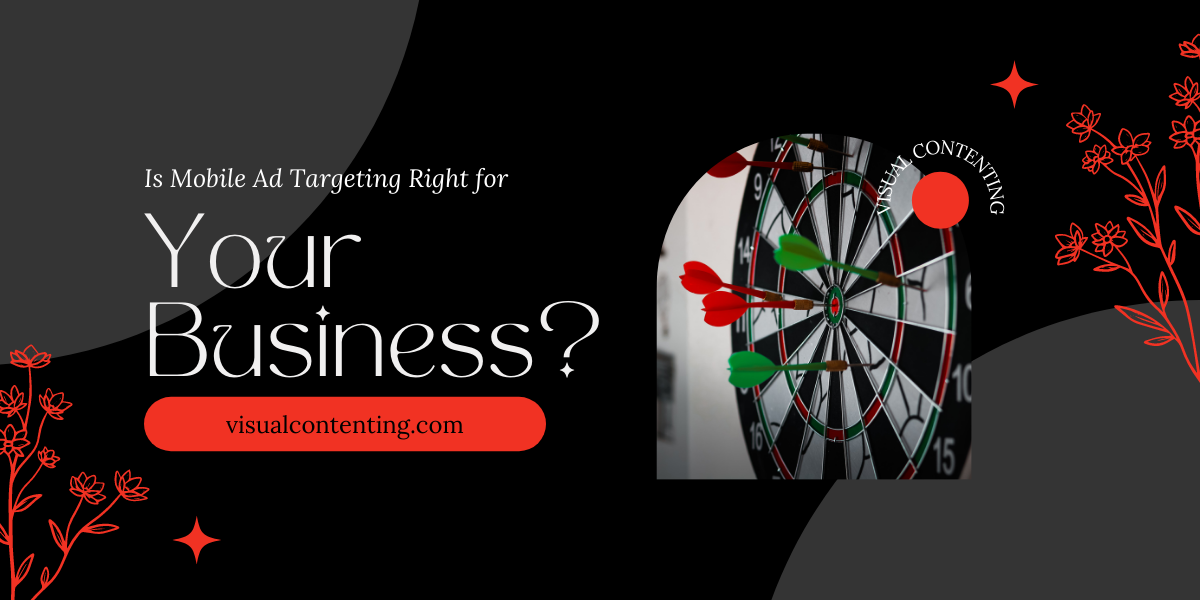Today’s employment landscape is full of uncertainty, and crafting a standout resume is more crucial than ever — especially for professionals in the field of advertising. Among shifting work patterns and budgetary constraints, companies worldwide are adopting more selective hiring processes, often favoring remote and hybrid roles. With this change, a saturated market has come into play, leading to increased competition for available positions.
While advertising and marketing departments have a constant flux, they often face the initial brunt of budget cuts. Despite the challenges, job seekers can employ strategies to rise above the crowd and secure an interview using these top resume tips.
1. Use Advertising Keywords
Utilizing industry-specific jargon in a resume is instrumental in showcasing the applicant’s familiarity with the advertising field. Additionally, with 98.8% of Fortune 500 companies using Applicant Tracking Systems (ATA) to filter applications, integrating keywords can increase the chances of making it past the initial screening process.
Some potential keywords to incorporate based on common advertising job descriptions could include:
- SEO
- Content creation
- Brand strategy
- Digital Marketing
- Market research
- Social media advertising
- Data analysis
- Campaign management
- Creative direction
However, applicants should remember to use these terms naturally throughout their resumes. They should also ensure they align with their actual competencies and experiences to maintain authenticity within the application.
2. Highlight Relevant Skills
In advertising, skills relevancy is often the determining factor in whether a resume stands out in a pile. When crafting a resume, it’s critical to highlight skills directly applicable to advertising. These could include proficiency in creative software tools such as Adobe Creative Suite, understanding of SEO principles, social media strategy, copywriting and data analysis, among many others.
As advertising professionals present these skills on their resumes, they should avoid listing them. Instead, they should embed them in their work history and achievements. Doing so will showcase more hands-on experience and the impact of their performance.
For instance, instead of stating “Proficient in SEO,” writing “Leveraged SEO strategies to improve website traffic by 40%,” will sound more appealing to employers. That’s because connecting the skills with measurable results yields more effective communication of the potential value to hiring managers.
3. Use Data and Metrics
Quantifiable results are critical in advertising. While employers want professionals who can execute creative campaigns, they also need team members to be able to measure their effectiveness. That’s why incorporating numeric results is viable, as it deeply reflects their understanding of this vital aspect.
Job seekers should start by reflecting on their professional experiences and identifying instances where their work made a measurable difference. This could be an increase in website traffic, a boost in sales or higher customer engagement.
The next step will be to integrate these findings into the job description. For instance, rather than saying, “Managed successful digital marketing campaigns,” specify how the campaigns were successful. This could look like “Managed digital marketing campaigns that boosted website traffic by 50%.” Incorporating numeric achievements allows job seekers to provide concrete evidence, making their resume more compelling.
4. Showcase Creative Achievements
With the advertising industry thriving on creativity, it’s imperative that applicants place their creative achievements on their resumes. Creative accomplishments signify the ability to think innovatively and generate impactful ideas.
Therefore, potential employees should mention projects or campaigns where their creative inputs contributed to the success. These could include marketing campaigns, branding initiatives or effective ad designs that increase brand awareness or sales.
Additionally, consider using a portfolio, personal website link and social media profiles. Prospective employers highly consider applicants in the advertising industry with an online presence to understand their capabilities and potential.
5. Demonstrate Knowledge of Current Advertising Trends
Staying on top of current trends is essential in the world of advertising. When applicants showcase their understanding of the latest developments, they communicate their commitment to staying ahead of the curve. Plus, incorporating this knowledge into their resume can be a powerful way to exhibit their industry engagement.
For instance, if they’ve successfully implemented campaigns on an emerging social media platform, they should ensure to highlight this. The use of artificial intelligence (AI) advertising technologies and personalized advertising campaigns are also crucial, as these are all current industry trends. In fact, over half of the companies in the U.S. have reported using AI within their operations.
Moreover, it helps job seekers to stand out more by showcasing their initiatives to stay relevant. These could include regular attendance of industry events and professional development courses, for example. Job seekers who demonstrate trend awareness and ongoing learning make a powerful statement about their adaptability and future readiness.
6. Customize the Resume for Each Role
With the highly competitive advertising job market, it’s essential to avoid submitting a one-size-fits-all resume. A tailored resume for each position a job seeker applies for is a more effective approach because it further aligns them with the specific job requirements. As a result, applicants that customize their resumes often appear to be the best match for the job description.
However, it’s imperative to align the resume strategically with prospective roles. That way, it significantly increases the applicant’s chances of capturing the hiring manager’s attention.
To tailor the resume efficiently:
- Start by thoroughly reviewing the job description to understand the role further.
- Identify the key skills, qualifications and experiences the employer seeks.
- Ensure these elements are prominently featured throughout the career summary and work experience sections.
7. Highlight Collaboration and Teamwork
Collaboration and teamwork are paramount in the advertising industry, with most projects requiring coordinated efforts from multiple team members. Therefore, demonstrating the ability to work effectively within a team can enhance an applicant’s appeal to potential employers.
To showcase these experiences, consider highlighting projects or campaigns that require working with other team members. It’s also important to use action verbs that emphasize collaborative efforts, such as “collaborated,” “coordinated,” “partnered,” or “contributed.”
For instance, applicants could say, “Collaborated with a cross-functional team of five to develop an advertising campaign that increased brand awareness by 30%.” This illustrates teamwork skills while also tying them to a positive outcome.
8. Proofread and Polish
A resume should always be error-free before submission, as 77% of hiring managers will disqualify resumes with grammar mistakes and typos. Therefore, it’s essential to proofread several times to catch any grammatical errors, misspellings or punctuation issues. Reading the resume aloud can also identify awkward phrasing or inconsistencies.
Consider using tools like Grammarly or Hemingway Editor for additional checks. Also, seeking a second opinion from a trusted colleague can provide valuable feedback. Remember, a resume is the first impression — make sure it’s as flawless as possible.
9. Maintain a Professional Layout and Design
While the content of a resume is vital, the visual appeal and layout are just as critical, especially in a creative industry like advertising. A clean, professional and visually engaging resume speaks effectively to the work that a potential employee creates. It’s also conducive to capturing the hiring manager’s attention, making an application more memorable.
To achieve a balanced design, ensure the resume is easy to read with clear sections, headers and bullet points. A consistent font style and size, along with adequate white space, can enhance readability.
While applicants can use color and design elements for visual appeal, it’s best to keep it professional-looking and clean. Tools like Canva offer professional resume templates that create the right balance between creativity and professionalism.
10. Include a Strong Cover Letter
A cover letter can complement a resume and provide even more compelling evidence of the applicant’s suitability for an advertised position. It’s an opportunity to tell a professional story in a more personal and persuasive manner.
In a cover letter, there should be a focus on why the job seeker is interested in the role and what value they could bring to the company. They should tailor it to the company and specific job they’re applying for while also demonstrating knowledge about their work and culture.
Furthermore, a cover letter should highlight the most relevant skills, experiences and achievements, especially if they reflect creativity and strategic thinking. When crafting a cover letter, remember that this is the chance to make a strong case for candidacy and enhance the impact of a resume.
Creating a Future in Advertising
A well-curated resume can make all the difference in securing a job in a competitive employment market. From showcasing creative achievements to using industry-specific jargon, applicants can stand out to potential employers.
However, it’s also important to maintain a professional layout and include a cover letter that makes a compelling case and a good first impression. By implementing these tips, job seekers can prepare a standout resume that also paves the way toward landing a dream advertising job.
Related Posts
Devin Partida writes about topics concerning tech and the internet. She is also the Editor-in-Chief of ReHack.com.







